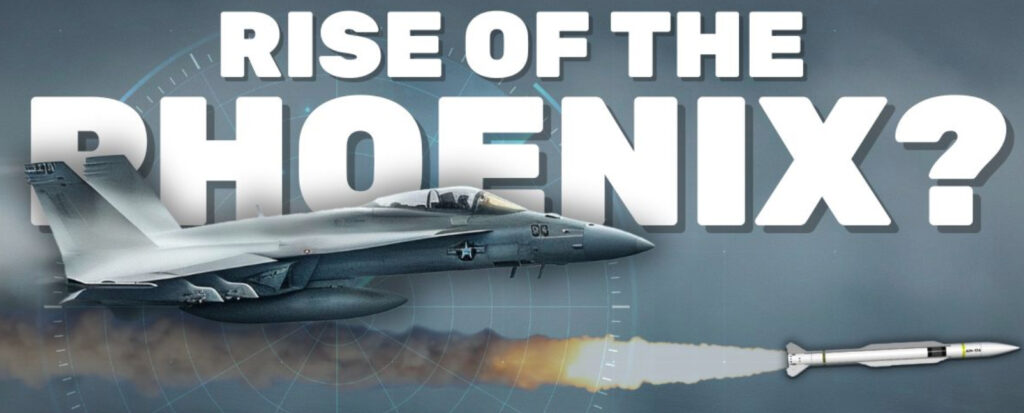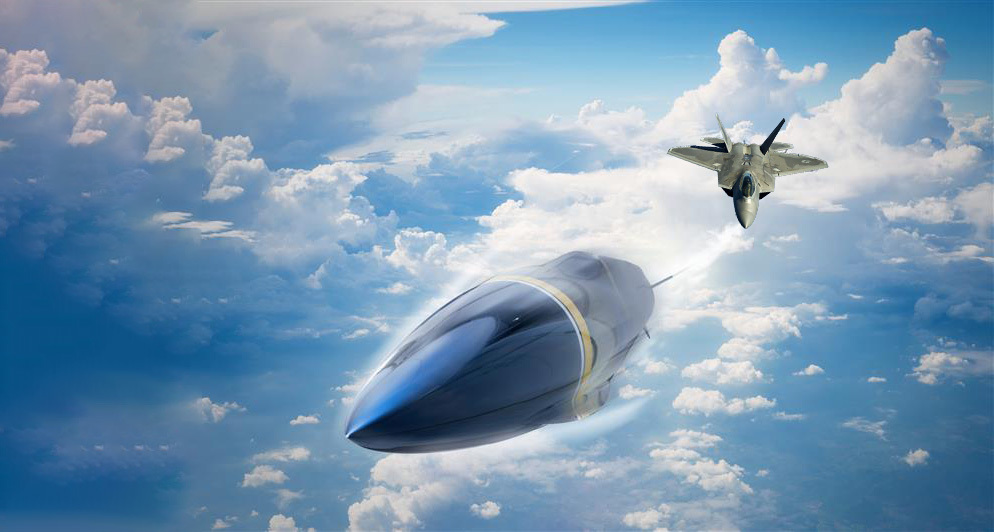As capable as the SR-71 was, no aircraft is invincible. Over time, a specially trained Swedish JA-37 Viggen unit developed a successful process for intercepting SR-71s as they flew along the same repeated flight path over the Baltic Sea, commonly known as the “Baltic Express.”
Topping out at around Mach 2.1, the JA-37 didn’t have the sheer power of the MiG-25, and with a max altitude of just 59,000 feet, it couldn’t reach the world’s ceiling like the Blackbird. But thanks to the routine nature of the SR-71 flights, Sweden’s early advances with sophisticated data links, excellent mission planning, and – importantly – the technical skill of the Swedish aviators, the Viggen’s performance shortcomings were all overcome over time.
In fact, after early intercepts that would have been successful were neutralized by the SR-71’s electronic countermeasures, the Swedes even honed their counter-countermeasure systems to compensate, allowing them to genuinely score missile locks on the fastest jet in history on more than one occasion.
These intercepts give the Viggen the noteworthy distinction of being the only foreign fighter ever to succeed in locking onto a Blackbird.
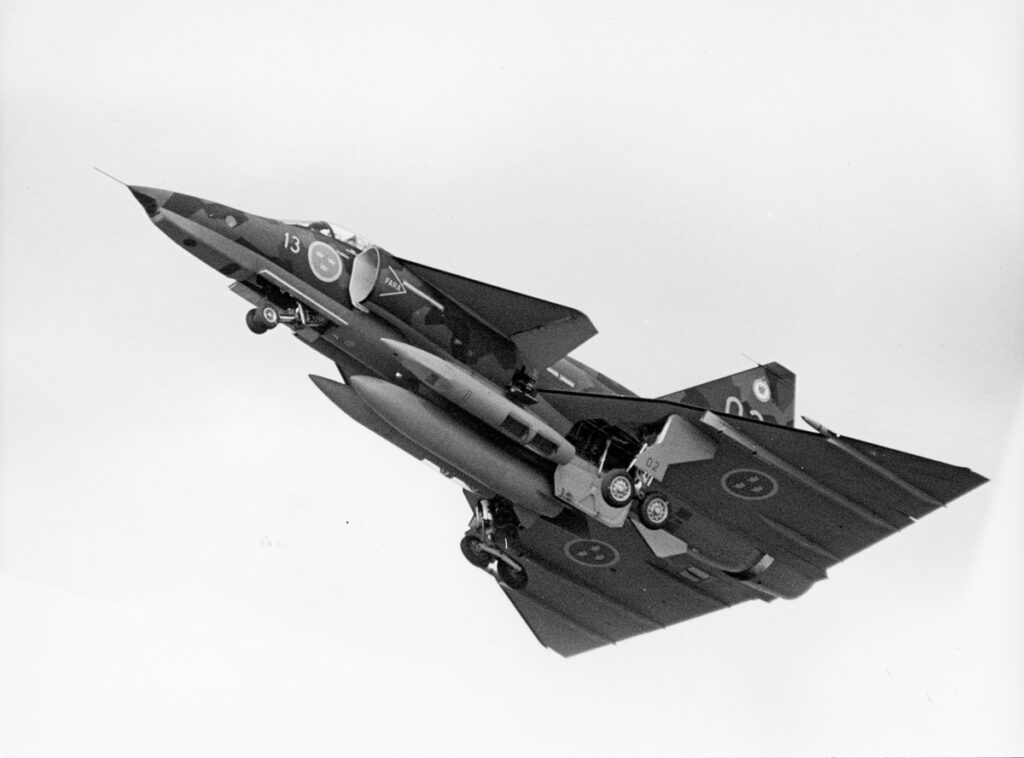
“In total I have five hot intercepts against the SR-71 to my credit,” recalled Per-Olof Eldh, Swedish Air Force JA-37 Viggen pilot. “All can be described as successful. I was visual three times; on a couple of occasions the SR-71 was contrailing, which was very useful because you could do a visual check to ensure you ended up in the right spot!”
Of course, the counterargument contends that the United States didn’t see formally neutral Sweden as a threat, and as such, there was little mission planning oriented toward mitigating these intercepts. Just as the Swedish pilots overcame technical hurdles through practice and planning, it stands to reason that SR-71 crews could have complicated matters significantly through their own mission planning if they’d felt the pressing need to do so. After all, the SR-71’s success against enemy defenses was as much a product of operational planning as it was of cutting-edge technology.
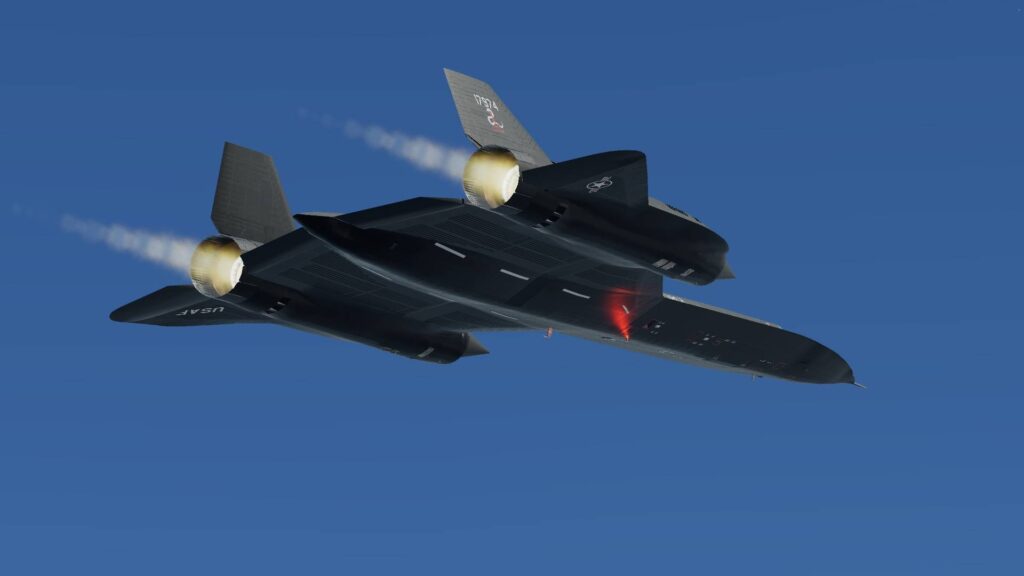
This debate, however, may really be emblematic of how internet culture tends to rob the nuance from reality – as no Habu pilot (as the Blackbird was colloquially known) had any illusions about his aircraft’s vulnerability in a tough situation, and the Viggen pilots demonstrated a great deal of technical skill and proficiency in their intercepts. In the mental tug-of-war between the competitive spirit that drives most military aviators and the deep-seated respect professionals at the highest level tend to have for one another, mutual respect seemed to win out between Habu pilots and their intercepting Swedish colleagues.
This was perhaps best demonstrated during a 1987 intercept that was immediately made classified at the time, only to be revealed three decades later.
The time Swedish fighters came to the rescue of a damaged SR-71
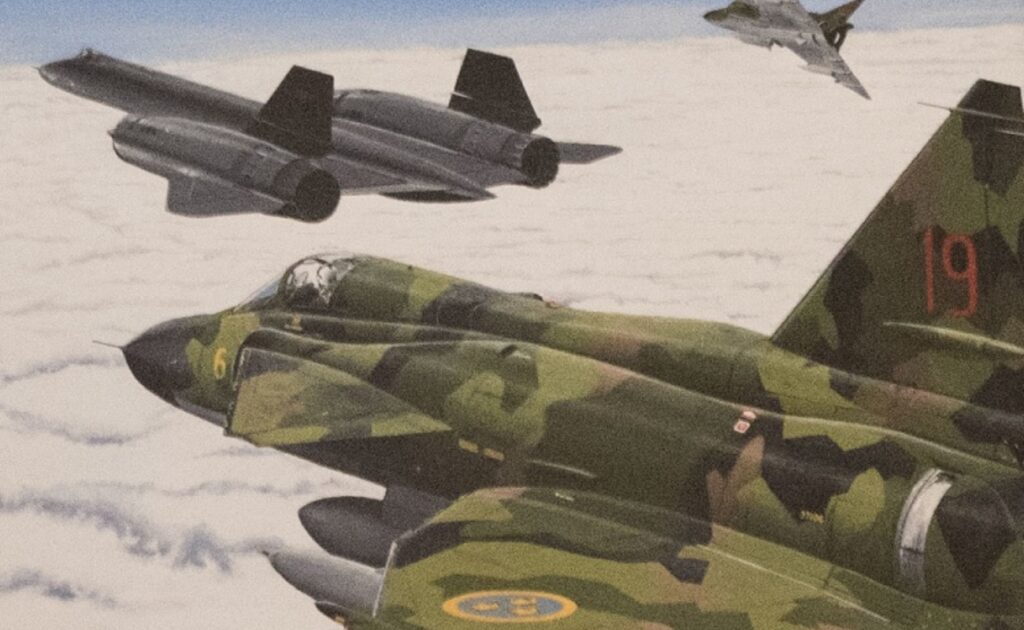
On June 29, 1987, Lt. Cols. Duane Noll and Tom Veltri were flying in their SR-71 over the Baltic Sea at Mach 3.0 and at 75,000 feet when their Blackbird’s right engine suddenly exploded. Noll immediately went into action, veering the stricken Habu away from their proximity to Soviet airspace and directly into Swedish territory, approaching Gotland Island. This airspace violation prompted the Swedish Air Force to redirect nearby Viggens to intercept.
“We were performing an ordinary peacetime operation exercise,” recalled retired Maj. Roger Moller, Swedish Air Force Viggen pilot. “Our fighter controller then asked me ‘are you able to make an interception and identification of a certain interest?’ I thought immediately it must be an SR-71, otherwise he would have mentioned it. But at that time I didn’t know it was the Blackbird.”
As the Viggens approached, the damaged Blackbird descended all the way down to 25,000 feet, creating a dangerous situation. The Swedish pilots had been directed to conduct a visual identification of the aircraft spotted on radar, but seeing the SR-71 operating on one engine, excitement about the intercept turned to concern. Soviet violations of Swedish airspace were not uncommon, and it was all but certain that any Soviet pilot would be eager for a chance to shoot down America’s “invincible” spy plane. That fact was not lost on the SR-71 crew.
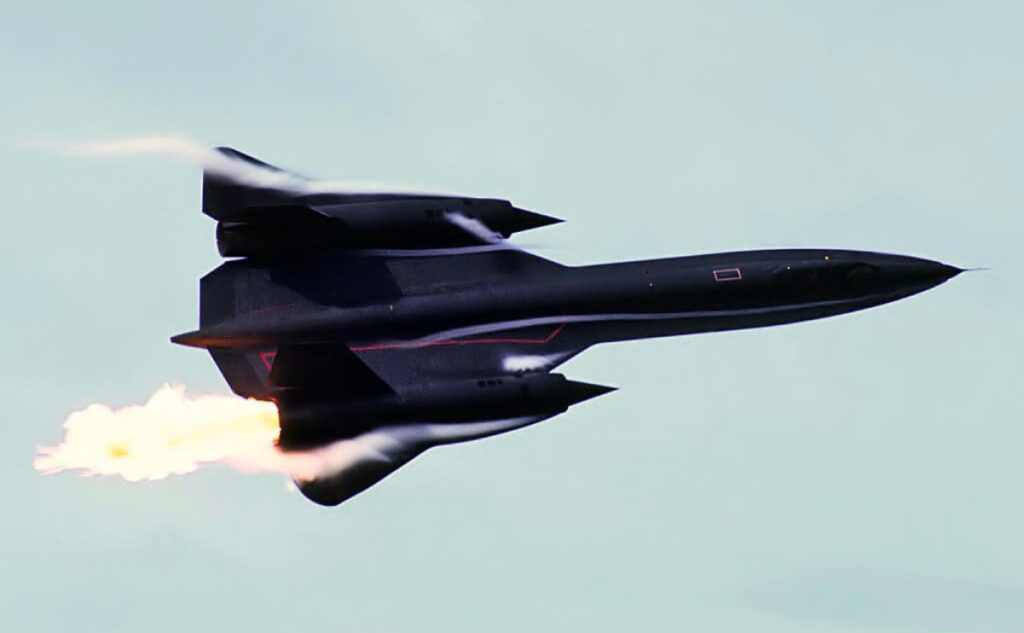
“We did not know who would find us first,” Veltri recalled. “Seeing the Swedish plane escorting us was a pure liberation. I’m absolutely sure that the Swedish presence on meant that other interceptors were at distance and could not therefore come to intercept us.”
The crippled Blackbird continued to lose both speed and altitude, to the point where the Swedish pilots worried that the crew might have to eject – but they stuck by the American jet’s side until their fuel reserves ran low and they were relieved by another pair of Viggens that continued to escort, and defend, the Habu. Eventually, the recon plane made a safe landing in Nordholz, former West Germany.

The four Swedish pilots who participated in the intercept and subsequent escort were honored in Stockholm for their actions in November of 2018; each was awarded the U.S. Air Force’s Air Medal.


